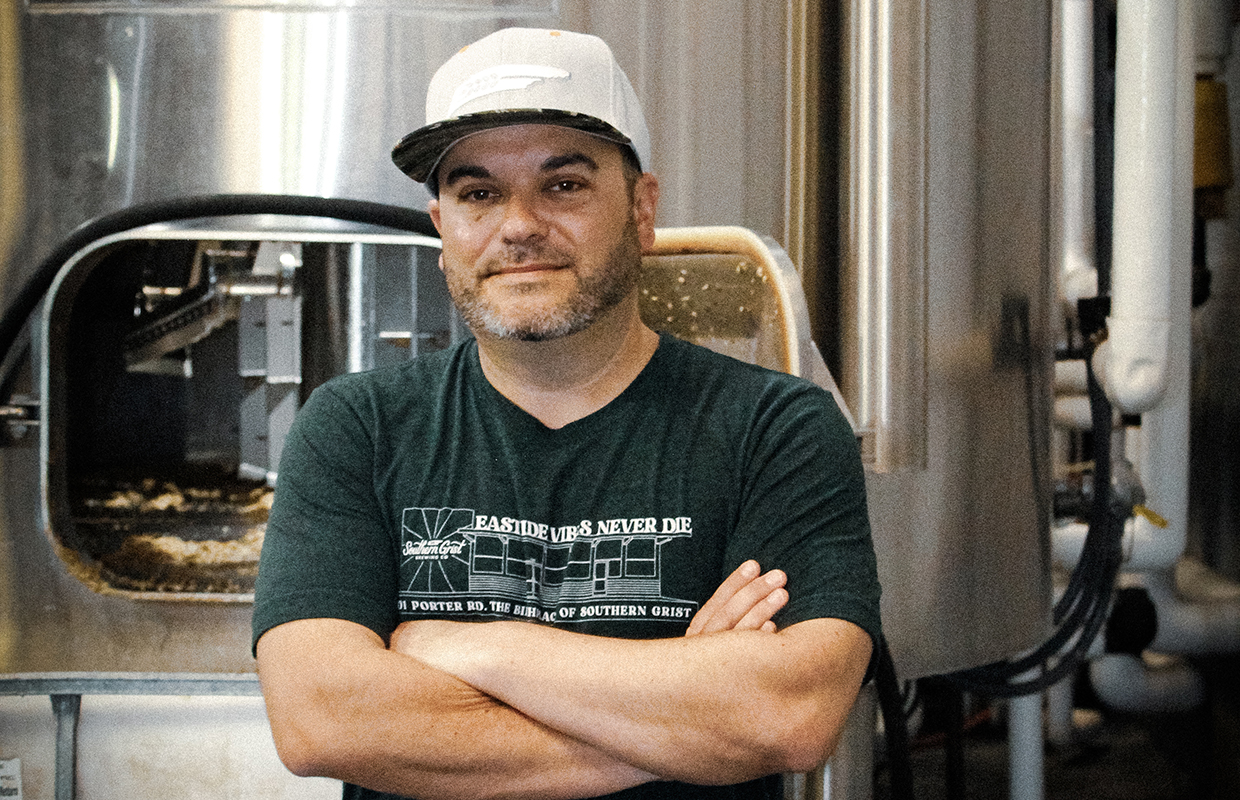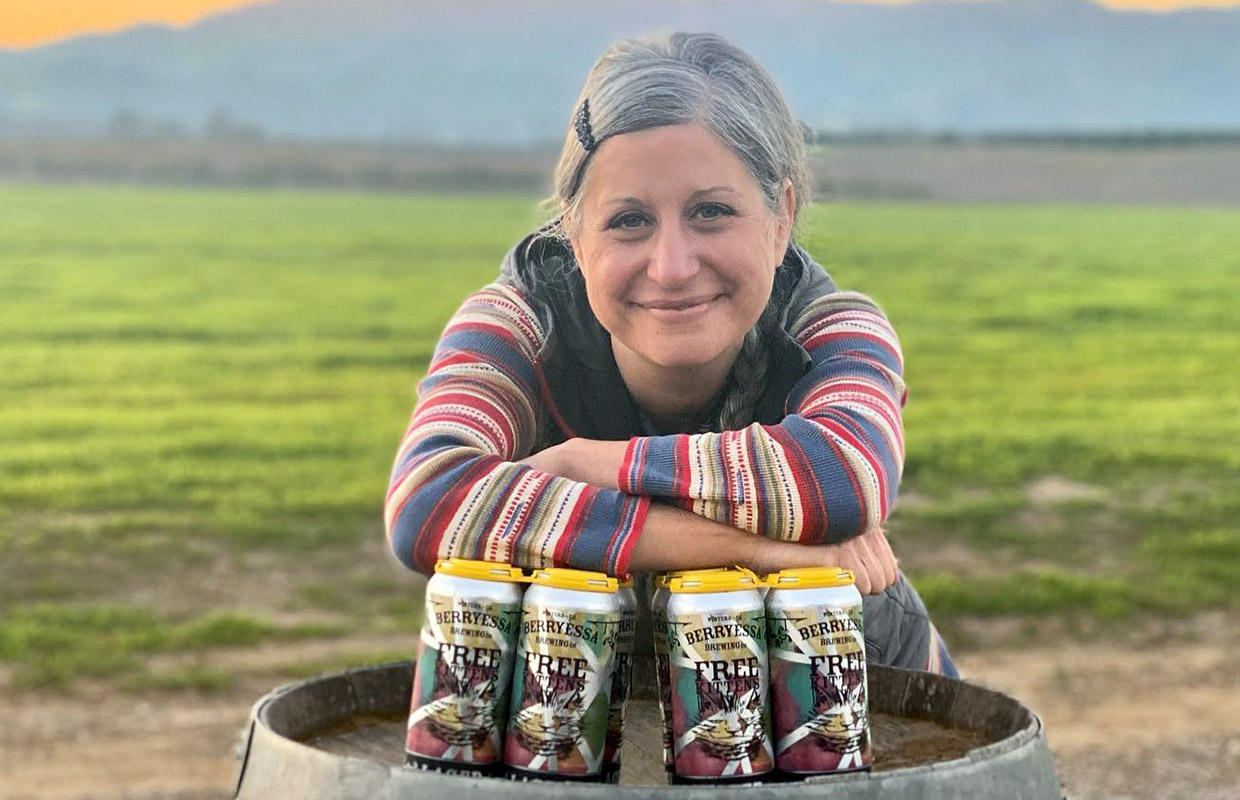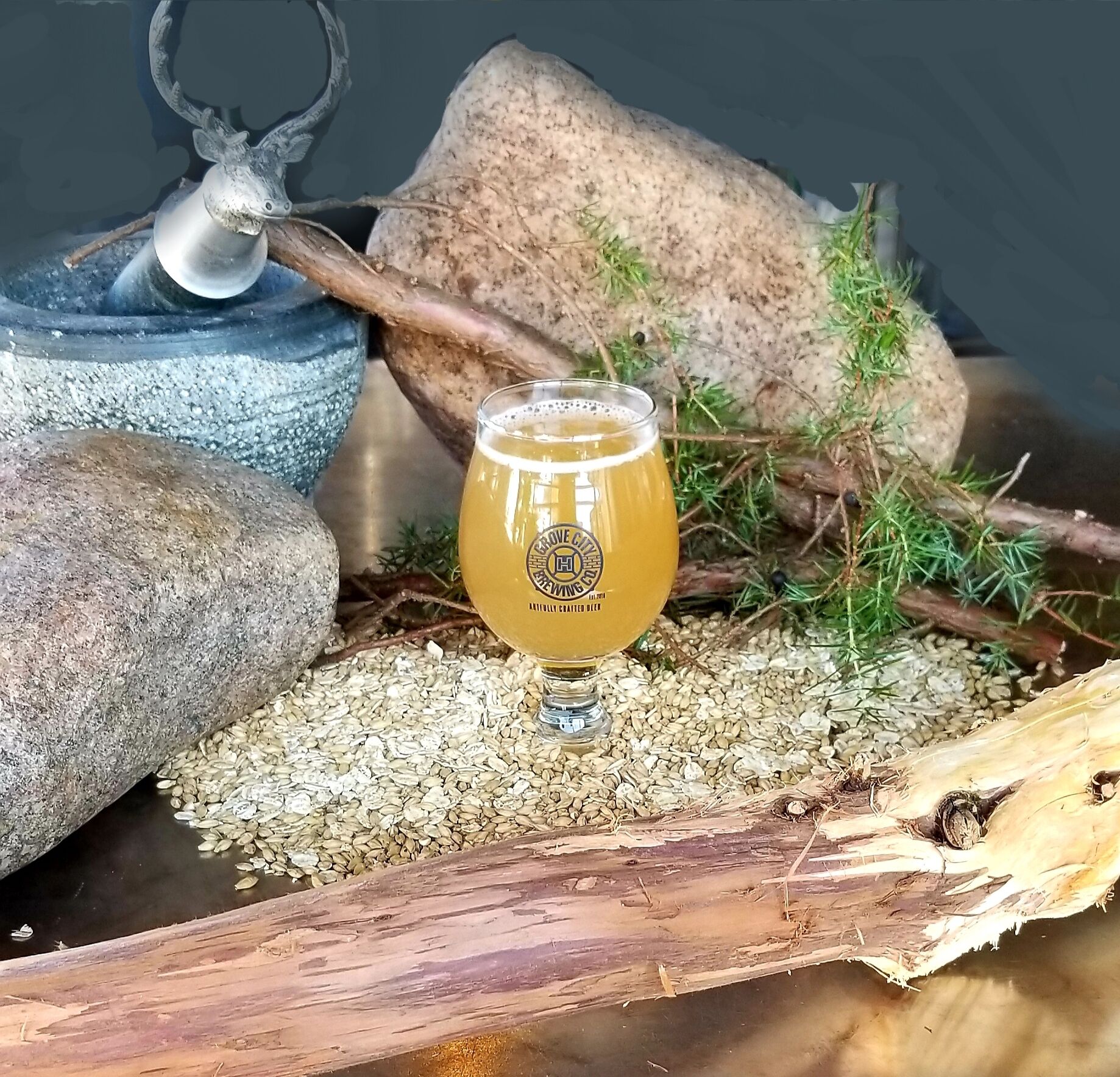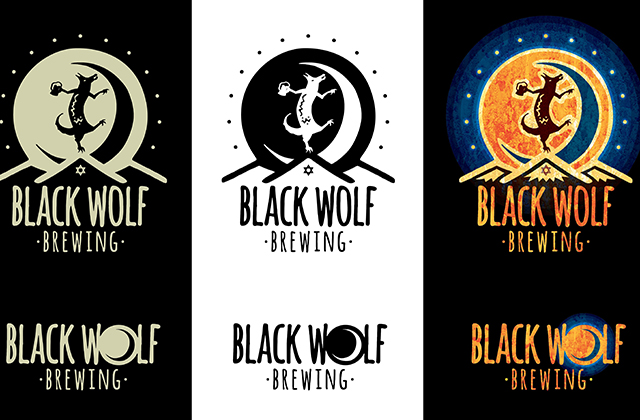
From the day Southern Grist opened its doors, the ideals of adapting to what was put in front of them mattered immensely.
The Nashville-based brewery — which started in February 2016 by co-founders Jamie Lee, Kevin Antoon, and Jared Welch — knew it wanted to be different. At the start, that meant making beer that no one in Music City, USA had been making up to that point.
“It was our goal to just change the beer scene in Nashville,” Antoon told Brewer. “Not that it was bad. It was just that Yazoo had their brand, and Jackalope had their brands and style of beer. And then there was Blackstone, and that was kind of it. There were a couple other players but we were like, let’s let’s blow this thing up and make beer that no one’s ever heard of in Nashville.
“And the three of us kind of did that.”
Southern Grist built its business on somewhat an extreme variety of styles that weren’t the norm by 2016 standards.
“We were gonna make beer for every palate,” Antoon said. “Seven years ago, people weren’t making fruited sours in Tennessee … in Nashville anyway. There were no Hazy IPAs. So we came out the gates with a sour and an IPA, a Stout, a Blonde, and a Wheat.
“People thought we were nuts. They’re like, you think people are gonna drink this red fruited-sour crap? And we’re like, Yeah, we really do.”
The goal, Antoon explained, was to make sure that it wasn’t just a male-focused business plan.
“There are a lot of women out there that like beer, and there are more women than men in Nashville,” he said. “We said let’s make beer for everyone, not just what men are saying. And that helped us quite a bit.”
Opening on a Tuesday, just a few days before Bearded Iris opened, Southern Grist’s modest business plan with some “wacky” styles on tap was for them to sell 1,200 beers a month.
“We served that on the first Saturday we were opened,” Antoon said. “We thought, ‘Okay, this is a thing.’
“We ended up selling 120,000 units our first year and we all quit our jobs because we were working both for a while.”
Although the thought process was to never brew the same beer more than once, that soon faded away when the understanding that not all beer consumers are like that.
“One of our rules when we started was we’ll never have a flagship,” Antoon said, then added a laugh and a wry smile. “We realized we’re not the smartest people in the world.
“People started saying, ‘Oh man, I was in here five weeks ago, and I had Process Control.’ We’d have to tell them that was gone four weeks ago and we’re not going to make it again for two months.”
After hearing that so much, and then once its self-distribution got bigger, some accounts were turning them away.
“They would say, we can’t bring in a brand new beer every week,” Antoon said. “We need some sort of staple from you, for many reasons.
“It’s a pain in the ass for them to enter 10 new beers into the system every week, and they just wanted Teal (a Hazy IPA) and Mosa (a fruited sour). They said they can’t advertise us on their menus because it just says ‘Southern Grist rotational.’ That’s not good enough for people, because they don’t want to ask what that means. They want to put an actual name on there and they’re not going to print menus every day for us. They print them for the year sometimes.”
So losing accounts, and some customers, who just wanted the same beer every time, prompted the move starting in 2019.
“We started saying let’s do a single IPA flagship,” Antoon said. But by then, Bearded Iris had released Homestyle IPA in the Nashville market.
“It’s an amazing beer and has an amazing name,” Antoon said. “So we can’t just come out with a single IPA because there’s already someone out there doing that. So we said let’s do what we’re known for.”
At that same time, they just started a Lager program, so they went from no flagships to three with Teal, Mosa, and Southern Crisp.
“We launched a Lager, an affordable tangerine-fruited sour, and then Teal, which has all of our favorite hops in it,” Antoon said.

That mentality stuck and now the brewery understands that for volume, they have a core lineup of three flagships while still having a lot of fun beers in the market at the same time. Finding that balance, and having the wherewithal to follow that direction could help the brewery in its next leap forward. In less than two years, the brewery had to open its production facility and new taproom, called The Nations, to adhere to its growth plan. Using an oversized 20-barrel brewhouse now, Antoon knows that by the end of the three-year lease they are on right now will mean finding a larger location for a bigger brewhouse and more space to expand on the diversification of the brand. That means a barrel-aging and blending program, going further into making non-alcoholic brands, along with distilling their own line of spirits.
The distillery idea is new, and because of state laws, Southern Grist began pushing out in this direction in 2023.
“With a liquor program, we yielded back our brew production because we knew that every liquor drink we sold, or cocktail, is not a beer sold,” Antoon said. “So we’re still going to grow this year by 700 barrels (with an expected output of 5,000 barrels by the end of 2023) but our liquor and wine program is starting to take off.”
In Tennessee, if you brew beer over 10.1% ABV, it is licensed as a distillery.
“We’re the only ones that had our liquor license and were permitted as a distillery because we were making beers at 14-16% ABV beers and we wanted to do it legally,” Antoon said. However, that meant they couldn’t sell liquor because they were already “making their own liquor” by state law. After looking at the cost-benefit of not selling barrel-aged Stouts over 10.1% and instead forfeiting the distillery license at the end of 2022, they already saw benefits in the first quarter of the year.
“We had a pretty aggressive forecast on liquor,” Antoon said. “In the first five months here, it’s about just under triple what we thought it was going to be sales-wise.”
And the Southern Grist trip is okay with being a diverse company.
“We had to get out of our own way,” Antoon said. “If we just keep hammering the same beers and don’t adapt to what people are saying, we’re not going to be a thing in a year.
“A lot of folks are saying if you don’t adapt, you die. A lot of people said we sold out when we started serving liquor and wine, but it’s like, I don’t know what to tell you. We’re still making beer. And if those people don’t like what we’re doing, because we have liquor on the shelves, then they can not come in if they want.”
The way growth is looked at is different now, especially since the pandemic started and Antoon is content to see smaller gains, especially if that means pulling back all the volume to inside the state lines.
“Our goal is to not send beer out of state,” he said. “We want to be Nashville focused. When you own a brewery, the further your beer goes, the less money you make and the less the quality is. We don’t know who’s taking care of it.
“We’re kind of control freaks. We want it in our backyard to make sure we can take care of it. The goal at the end of the day is to not send beer out of state.”
Adaptation to whatever is in front of you matters more and more now. Antoon said they threw away the first business plan after six months and haven’t done another since. Instead, they do annual forecasts.
“Every number we forecasted at the start was a joke … to our benefit,” he said. “The plan was to have three employees. We had 17 by the end of Year 2 and we have 60 now. And Jared couldn’t keep up with the beer. We were only selling beer out of the taproom, and we were running out daily. So that’s what kind of said, timeout. Do we need to raise more money — which we ended up not having to – or do we just put all the money we’re making back into the business and not take a paycheck, or a very small one. We ended up doing that. So we basically stockpiled all of our money to open this place (Nations).
Along with a future plan for expansion to gather more diversification, Antoon said self-distribution is still the plan. Handing things over to a wholesaler can be smart, but they haven’t made that decision yet.
“We’re always talking about it, but we’re gonna need a bigger van,” he said. “I think if we get up to over 200 accounts, we’d have to start thinking about a distributor. The margins … it’s 29%. So like, tomorrow if we make a million dollars in distribution, and we sign up with a distributor tomorrow, that’s $290,000 out the door by the end of the year. That’s a lot of dough.
“This allows us to have control over the product. Nothing bad against distributors, but our sales guy goes to every account every month and makes sure that they’re happy and the cans are good, and all that stuff. And a lot of distributors don’t do that.”
So how do you stay ahead of things and keep being innovative in the beer space? Get on the road, Antoon said.
“Nashville is a great city,” he said, pointing out he is not from the area originally but moved there to help start a tech company before the homebrewing bug hit him and Lee. “We tend to be behind certain trends, not just in beer, but in everything. Our first few years, we were doing 50 beer fests a year around the country. So a lot of it was just traveling the country learning other trends, and getting out of our own bubble a little bit. But also it was listening to podcasts and talking to friends in the industry.
“Or if customers are asking for more of them, that’s the easiest way as well,” he said. “People starting asking for Lagers. It was like a once-a-week type of thing. Then it was like 10 times a day. That’s when we said, OK, this is the thing.”






Be the first to comment